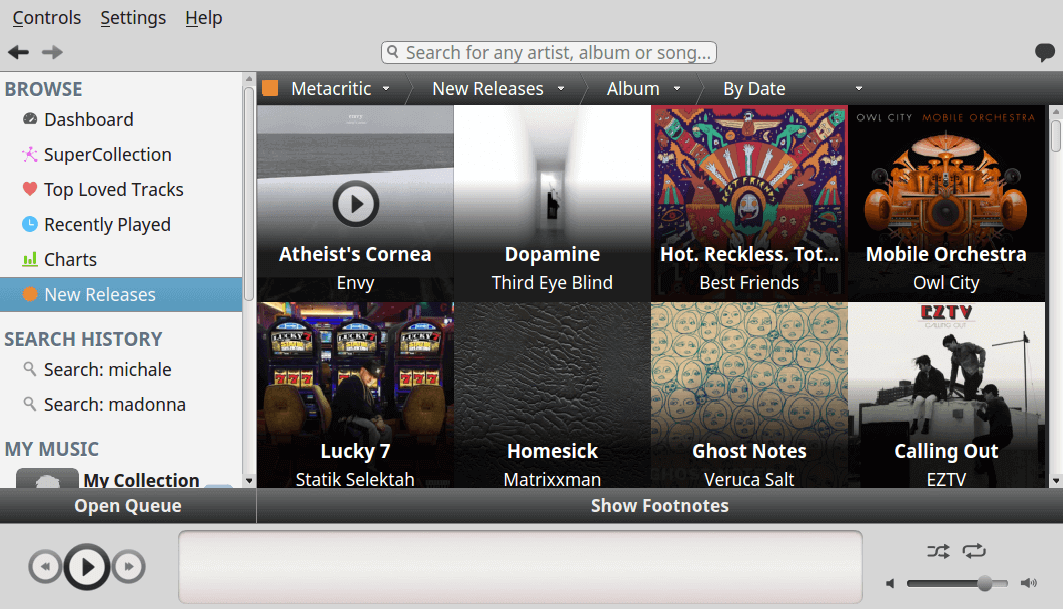How To Install Itunes On Linux Mint 16 Free

Advertisement As you’re getting used to Linux (potentially as your new main operating system), you’ll eventually try to find a way to efficiently manage your music. ITunes comes to mind because it’s been the most popular way to manage music over the years, but you’ll quickly find out that iTunes isn’t available natively on Linux. Download Honeywell Nstar Software here. Plus, better ways exist to manage your music now that it’s 2015. However, that doesn’t automatically mean that you won’t be able to manage your music the way you want to. There’s plenty of other ways to keep tabs on your music library.
Here’s six great ways to get it done. ITunes via WINE Even if iTunes isn’t available in Linux as a native application, you can still try to or PlayOnLinux. These pieces of software try to add a compatibility layer so that Windows applications work on Linux, but the results are far from perfect. Therefore, — but it’s still worth a try. Each version of iTunes can give you different results, but the general process is as follows: • Install WINE • Run the iTunes installer via WINE • Google and try to solve any problems you come across. Again, you might come across issues somewhere along the way which cannot be solved, such as the installer failing or the installed application refusing to run.
Latest trending topics being covered on ZDNet including Reviews, Tech Industry, Security, Hardware, Apple, and Windows. Cricbuzz App Download For Nokia C1.

That’s just how it is with WINE. If you really want to use iTunes and you happen to luck out with WINE, then that’s great. 3d Text Psd File Free Download. However, if you’d rather use a native Linux application or WINE didn’t work for you, then there are options here as well. Several “music library manager” programs are available to give you a quick oversight of your music and play it directly in the application, as well as make playlists. If you use KDE, then I’d recommend Amarok. It has Music players come a dime a dozen on any operating system, and it's easy to lose sight of those that are actually worth something. Amarok is probably one of the most feature-rich music players I've.
And tight desktop integration with KDE. It also has useful features such as Last.FM integration, file tracking, dynamic playlists, and script support. It can even pull up biographies of artists as you play their songs.
If you use GNOME or any GTK-based desktop environment (they’re quite common), then I’d recommend Banshee as a The Banshee media player was first released in early 2005 and has since come on leaps and bounds. Probably the closest thing Linux has to iTunes, Banshee comes with an integrated music store, Internet radio. It has a very similar feature set as Amarok, including Last.FM integration, Internet radio support, podcast support, and much more. Amarok and Banshee are really among the top two choices, so which one you choose should depend on which desktop environment you’re using (for integration’s sake). Rhythmbox as a more Music is a way of life for a lot of people, and their music collections often reflect that to a massive degree. We all enjoy our music, and should be able to keep tabs with.